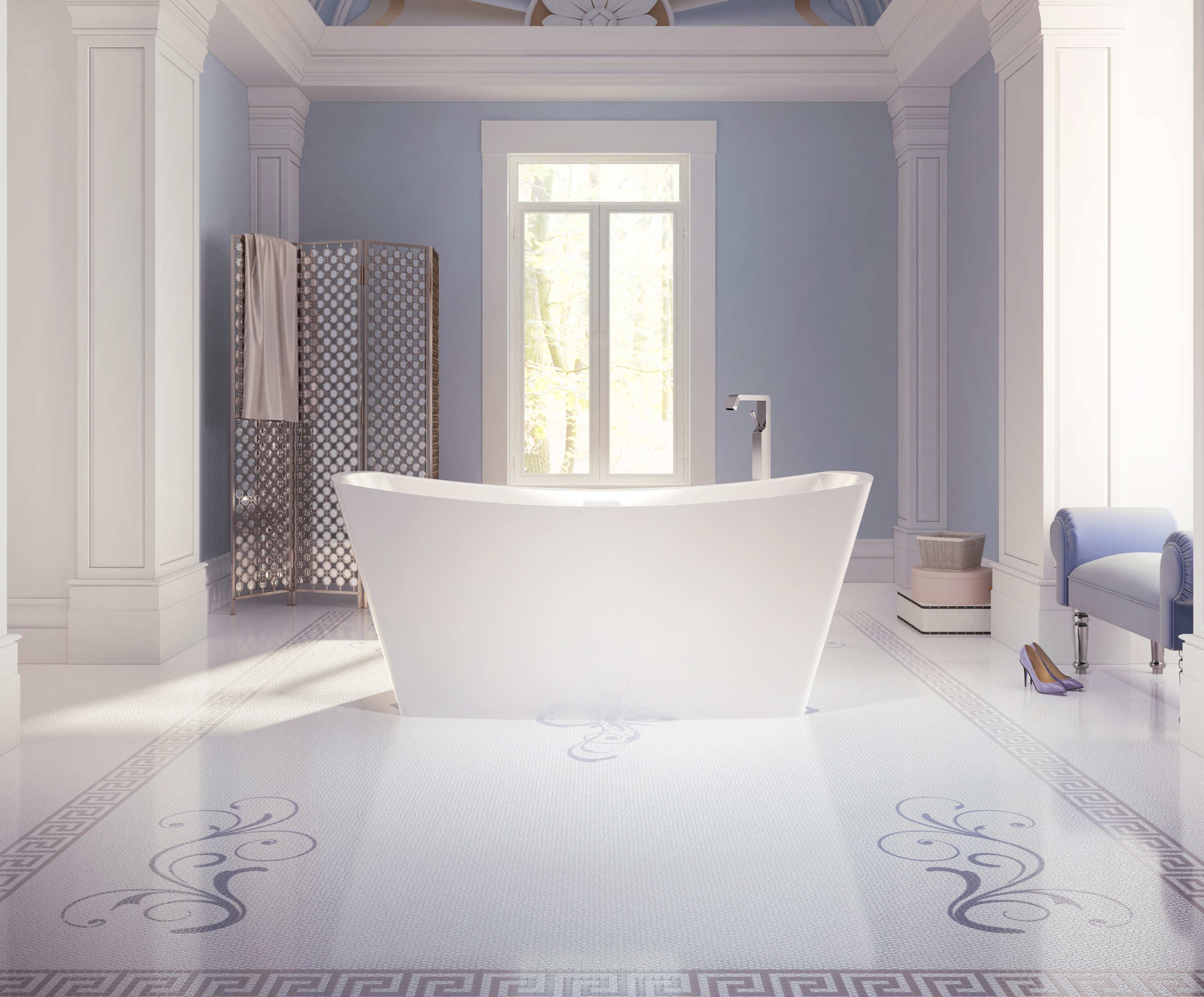Bathroom - The buzz around the wellness industry is inescapable, from the turmeric lattes advertised on café menus to the latest hand-blended organic face oils. For better or for worse, it’s a lot of a lot—and when the alarmist hype about certain ingredients collides with the glut of products on the shelf, it’s enough to trigger a deferral of action. That’s the landscape that Take Good Care, a new Manhattan-based service, aims to shake up, with a menu of personalized consultations that can assess everything from the contents of a makeup bag to the lineup of home cleaning supplies to the full sweep of interior-design elements that can affect air quality and environmental impact.

Bbainultra Evanescence
For founder Jenna Hershey Coviello—a veteran of the beauty and fashion PR worlds who found herself diving deeper and deeper into wellness—demystifying product labels and steering well intentioned clients toward thoughtful practitioners (like acupuncturist Justine Wenger) and retailers (like CAP Beauty) is simply an extension of her own series of health-minded upgrades. “The wellness space has grown a lot in the past few years, but I think that sense of direction for people is missing,” she explains of the information overload. “Navigating that, especially for [professionals] in New York, can be really overwhelming and time-consuming.” Not that it has to be, as expressed by the wildflower illustration on her website, commissioned by the artist Janelle Sing. “I wanted something that illustrated growth and new beginnings, which is what Take Good Care is about.”
Where, then, to begin with a wellness-oriented overhaul? “For most people, the bathroom is where they do their whole personal-care routine, so it makes a lot of sense to start a detox there,” Coviello points out. Here, she shares a five-item to-do list that is refreshingly hassle-free, not to mention universal. “I think about dry brushing and body oil and towels and these things as your first entry point,” she says, noting that even beauty minimalists can relate. “These basics apply to everyone.”
Dry Brush to Wake Up
“Dry brushing before you shower is a great detox for the body,” Coviello says. “It exfoliates and evens out skin tone, promotes circulation and lymphatic drainage, and wakes up the nervous system.” She recommends Karmameju’s body brush, available at CAP Beauty—a onetime employer, which she credits for a hands-on introduction to many great all-natural products, this one included. “I’m very routine-oriented. I love to do this in the morning to get the blood flowing!”
Switch to Body Oil
“Your skin is your largest organ and can absorb [as much as] 60 percent of what you apply to it, so it’s important to use a nontoxic product when you’re applying it to such a large surface area,” she says, explaining that she switched from lotions to avoid unnecessary waxes and emulsifiers. “I wanted something that had an amazing smell that resonated with me, so I could have that sort of sensory connection”—and Everyday Oil’s version hit the spot. She likes to apply it immediately after showering, while the skin is still damp. “The water absorbs as you rub in the oil, sealing in an extra level of hydration.”
Rethink White Towels
“Most people know that cotton is not naturally bright white. I started wondering, what else is in the process that's not necessarily safe?” Coviello recalls of her top-down consideration of her linens and other home essentials. She recommends looking for “towels made from 100 percent organic cotton (or linen or hemp), which is grown without pesticides and manufactured without toxic chemicals and dyes,” she says, stressing the importance of being a conscious consumer. With unregulated use of the term organic on labels, keep an eye out for the Global Organic Textile Standard (GOTS) certification when shopping, she suggests, “to ensure that the towels are, in fact, organically produced from start to finish. I love this new brand The Graces.”
Trade in the Shower Liner
“Most liners are made from vinyl, or PVC, which is one of the most toxic plastics, due to chemical contamination during the production process. When exposed to heat and steam in the bathroom, PVC leaches into the air and is breathed in,” Coviello says. She recommends a polyester version made by Parachute. Even though “the production is not the most sustainable, it’s better as a shower curtain than vinyl. You can also use a 100 percent organic linen curtain as a liner or just on its own, but it’s a little more high-maintenance as you have to wring out the water,” she adds. And don’t forget to crack the bathroom door or window, to inhibit any mold growth.
Go Natural for Dental Care
Given the collective awareness about organic food and skin products, why do we pay less attention to oral care? “[Conventional] toothpaste can contain microbeads, artificial colors, synthetic flavors, parabens, and sulfates, and hydrated silica, which can be contaminated by lead,” Coviello says. Floss isn’t much better: “It can be made of petroleum, synthetic flavor, and PFCs, a potentially carcinogenic class of chemicals (prevalent in many household items, but most notably nonstick pans).” Switching to more thoughtfully formulated products is a win, not only in terms of ingredients but also in terms of design. Case in point: this chic pale green tube of David’s toothpaste and minty Cocofloss.
From: https://www.vogue.com/article/take-good-care-wellness-bathroom-essentials-organic-beauty-sustainable-design